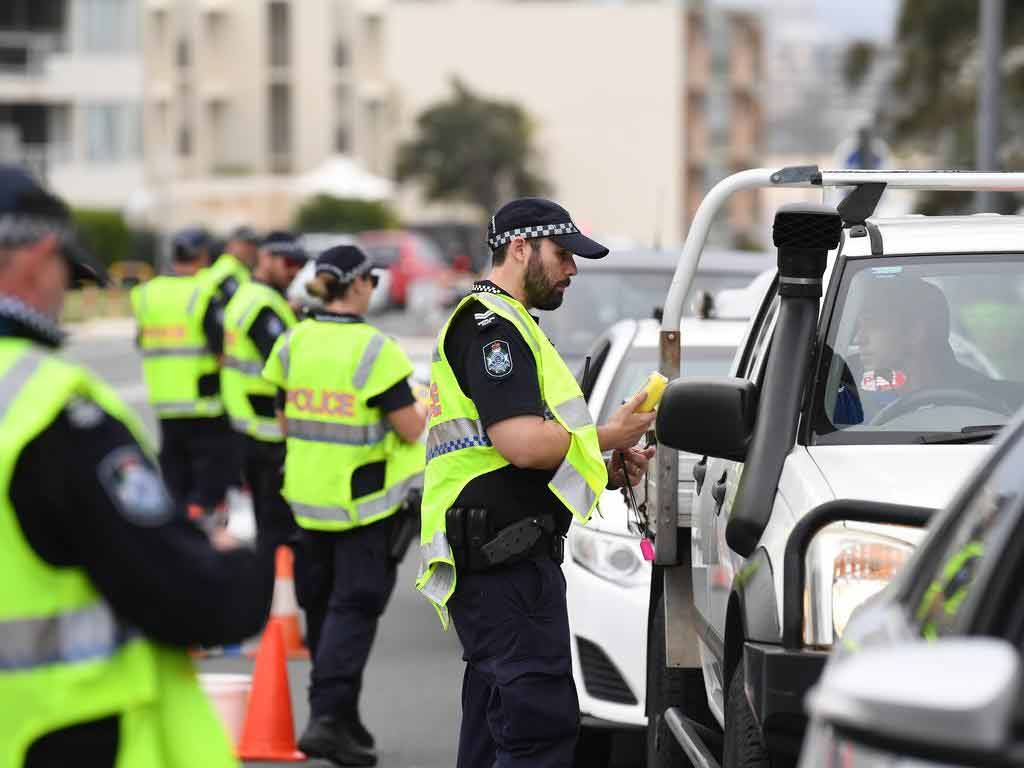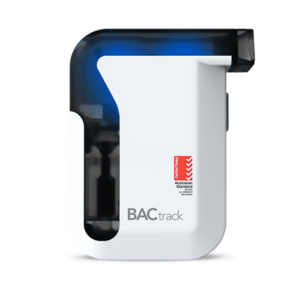Roadside Drug Testing NSW: Overview & The Components Tested
10 April, 2024

Roadside drug testing in NSW involves screening drivers for drug impairment. Trained police officers conduct this test to enhance road safety by identifying and deterring individuals from drug driving. Additionally, roadside testing serves to enforce drug driving laws and gather data on drug-impaired driving trends. Moreover, it acts as a deterrent, as drivers know they could be subject to testing at any time. The components that can be tested include illegal drugs, prescription drugs, and alcohol.
Drug driving is when someone operates a vehicle while under the influence of drugs. Its effects are similar to those of drink driving, causing slowed reaction times, poor coordination, and impaired judgment. This increases the risk of accidents, injuries, and fatalities on the road. Law enforcement agencies often use roadside tests to detect and penalise drug-impaired drivers. This article will present an overview of NSW roadside drug testing, including the detectable substances and procedures.
Overview of Roadside Drug Testing in NSW
Roadside drug testing in NSW refers to the practice of screening a person for the presence of drugs in their system. This screening specifically occurs while they are on the road. Specially trained police officers conduct the test. They aim to identify individuals who pose a risk to themselves and other road users. Consequently, this reduces the number of illicit drug-related road accidents.
Additionally, it serves as a means of enforcing laws related to drug driving. Establishing a strong presence of screenings on the roads sends a clear message to the public about the consequences of driving under the influence of drugs. It also acts as a deterrent, as individuals know they could be subject to testing at any time.
Moreover, the roadside drug test is a tool for gathering data on drug-impaired driving. This information is crucial for understanding the prevalence of drug use among drivers. By collecting data, authorities can determine trends. They can also monitor the effectiveness of anti-drug driving campaigns and make informed decisions regarding resources and initiatives to combat drug-impaired driving.
Purpose of Roadside Testing
- The primary purpose of roadside drug tests is to identify individuals who are driving while under the influence of drugs and stop them from operating the vehicle.
- Support police forces with crucial evidence for prosecuting drivers under the influence of illegal drugs.
- Emphasise the commitment of law enforcement agencies to safeguarding road safety.
- Reduce the risks of accidents. This can save people from injuries and fatal accidents.
- Deter people from misusing illegal drugs, over-the-counter medicines, and prescription drugs before driving.
- Ensure that drivers comply with the drug driving laws.
- Reduce healthcare costs by preventing injuries and fatalities resulting from drug-impaired driving.

Components Tested in Roadside Drug Testing in NSW
Roadside drug testing in NSW can detect various common drugs. These drugs include cannabis, cocaine, heroin, ecstasy, and methamphetamine. Cannabis, often known as marijuana, is a popular recreational drug. Cocaine is a powerful stimulant, while heroin is a highly addictive opioid. Ecstasy is a synthetic drug that has hallucinogenic and stimulant effects. Methamphetamine is a potent central nervous system stimulant.
Moreover, roadside testing can identify prescription drugs, which are legal medications but become illegal when people misuse them. These include opiates like morphine and codeine, opioids, amphetamines, and benzodiazepines. Misuse of these medications can lead to serious health risks and legal consequences.
Furthermore, roadside testing can detect ethanol, the primary active ingredient in alcoholic beverages. Ethanol consumption can cause significant impairment, affecting coordination, judgment, and reaction time. While alcohol is legal for adults in many places, its excessive consumption can result in accidents, injuries, and other negative consequences. Overall, these are the components that roadside testing can detect to ensure road safety and enforce drug driving laws effectively.
Methods of Testing
NSW police officers use a few methods for testing. Firstly, an oral fluid test. It involves the collection of saliva samples from the driver and testing for the presence of drugs immediately. Secondly, urine testing identifies substance abuse in urine specimens. It requires the driver to provide a first catch or mid-stream urine sample in a sterile container.
Lastly, breath testing. Police officers use a breathalyser device to analyse the sample of breath to determine if a person has recently consumed alcohol. The device measures the Blood Alcohol Concentration (BAC) or the level of intoxication of the driver.

Procedure for Roadside Drug Testing in NSW
Roadside drug testing in NSW starts when law enforcement officers notice suspicious behaviour like swerving or slurred speech. They ask the driver to pull over and perform sobriety tests. Then, they collect a biological sample. It is crucial to handle the sample carefully to keep it reliable for testing later.
Next, the officers analyse the sample on the spot. They use quick tests to check for drugs right away. These tests work by looking for specific substances in the sample. Sometimes, if the test shows drugs are present, they might send the sample to a laboratory for analysis. It is essential to make sure the testing equipment is accurate and works well by checking it regularly.
Once they get the results, officers decide what to do next. If the test is positive, it could mean legal trouble for the driver. But if they disagree with the results, they have the right to challenge them in court. This whole process helps keep the roads safe by catching people who drive under the influence of drugs.
Legal Implications of DUI
Driving Under the Influence (DUI) can lead to serious legal implications. Drug drivers can face significant fines, licence suspension, or disqualification. These consequences depend on factors such as the type and amount of drugs detected and whether it is a first-time or repeat offence.
In addition, a drug-related DUI conviction can lead to a criminal record, impacting job prospects and travel. Offenders must navigate court proceedings, where they face evidence and defend themselves, often with the help of a criminal lawyer. Understanding these consequences is vital for preventing drug-related DUI incidents and fostering safer driving habits.
Conclusion
In conclusion, roadside drug testing in NSW is a crucial tool for promoting road safety and enforcing drug driving laws. It involves screening drivers for the presence of various drugs, including illegal substances like cannabis and cocaine, as well as prescription medications and alcohol. Additionally, the data collected through roadside testing helps understand the prevalence of drug driving and informs strategies to address this issue effectively. The methods of testing include urine, saliva, and breath tests.
This procedure involves officers observing suspicious behaviour, collecting a sample, and conducting quick tests to detect drugs. Positive results can lead to legal consequences such as fines and licence suspension, as well as a criminal record. Understanding these implications is crucial for preventing drug-related DUI incidents and promoting safer driving habits. It emphasises the importance of responsible driving and the serious repercussions of drug driving.






























